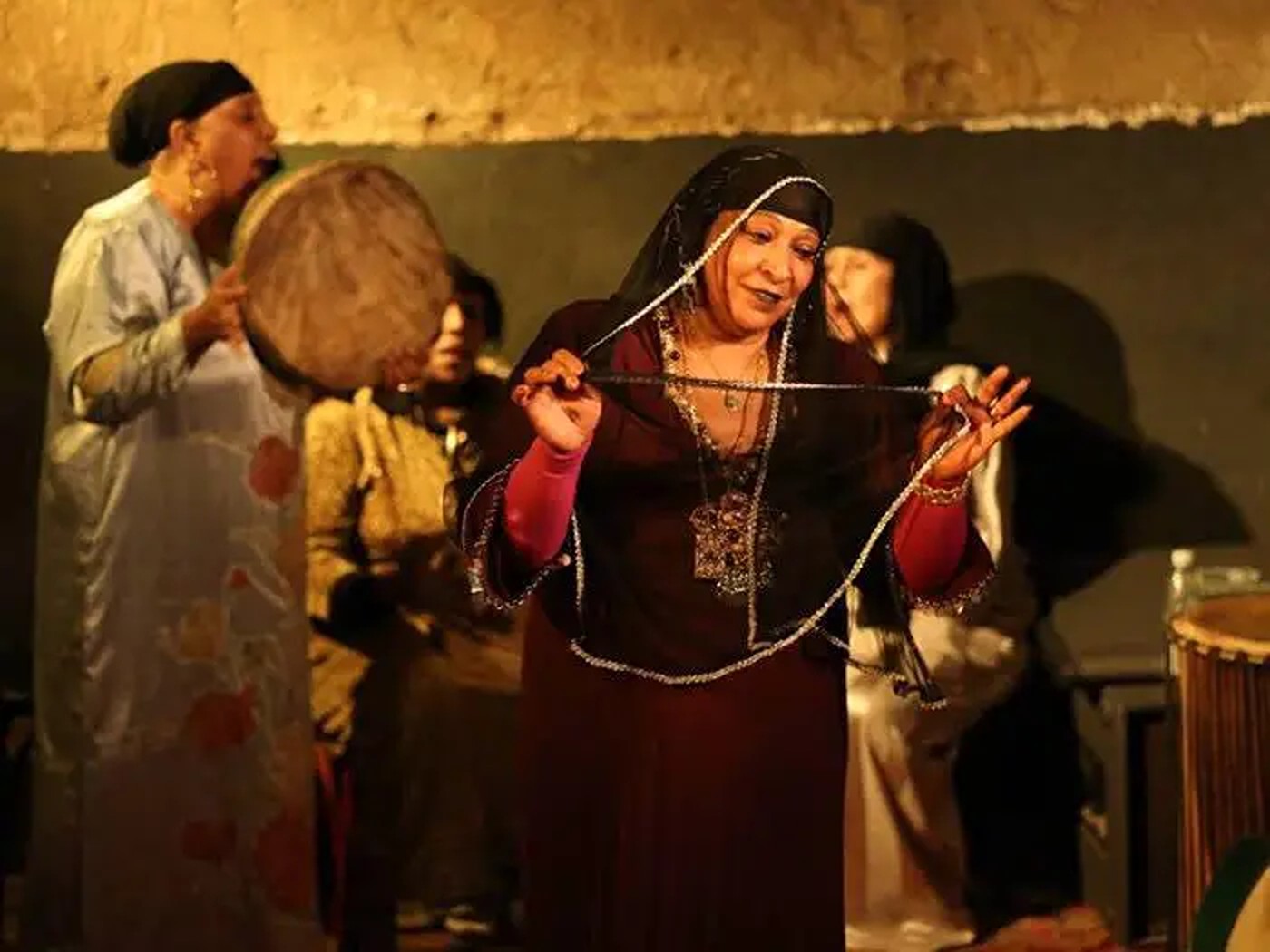Most of us go about our lives thinking that death is a stranger we will only encounter once in our lives, that it will not suddenly sneak into our homes and steal away our loved ones. But, through the poetry and mourning songs of rural Egyptian women (also known as al ‘adid), death exists outside of time and beyond the moment of loss. It lives among us as though it had always been there, simply waiting to be noticed. To reflect on death, and to connect with those who have already passed while still moving through the routines of everyday life, is an act that few can easily carry out. It is difficult, and maybe even unreasonable, to choose to understand what lies beneath the ground instead of what stands before you. Yet for Egyptians, speaking to the dead can be as familiar as speaking to the living. Even in their deepest mourning, they reach into the underworld and draw life back out. It has long been known throughout history that the ancient Egyptians never saw death as the end of life. Death was viewed as a journey, where individuals…




